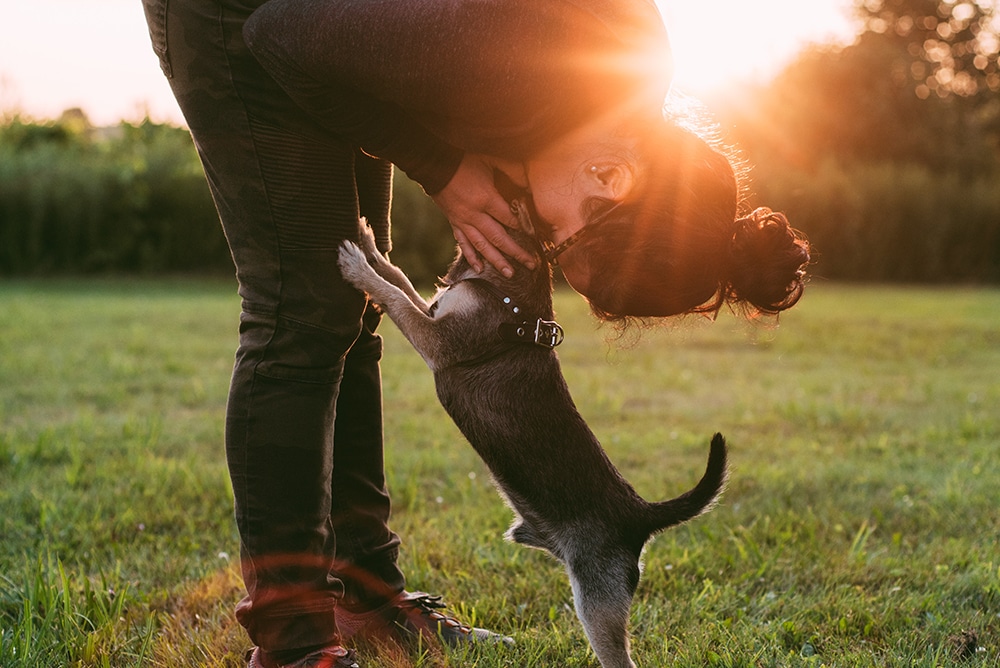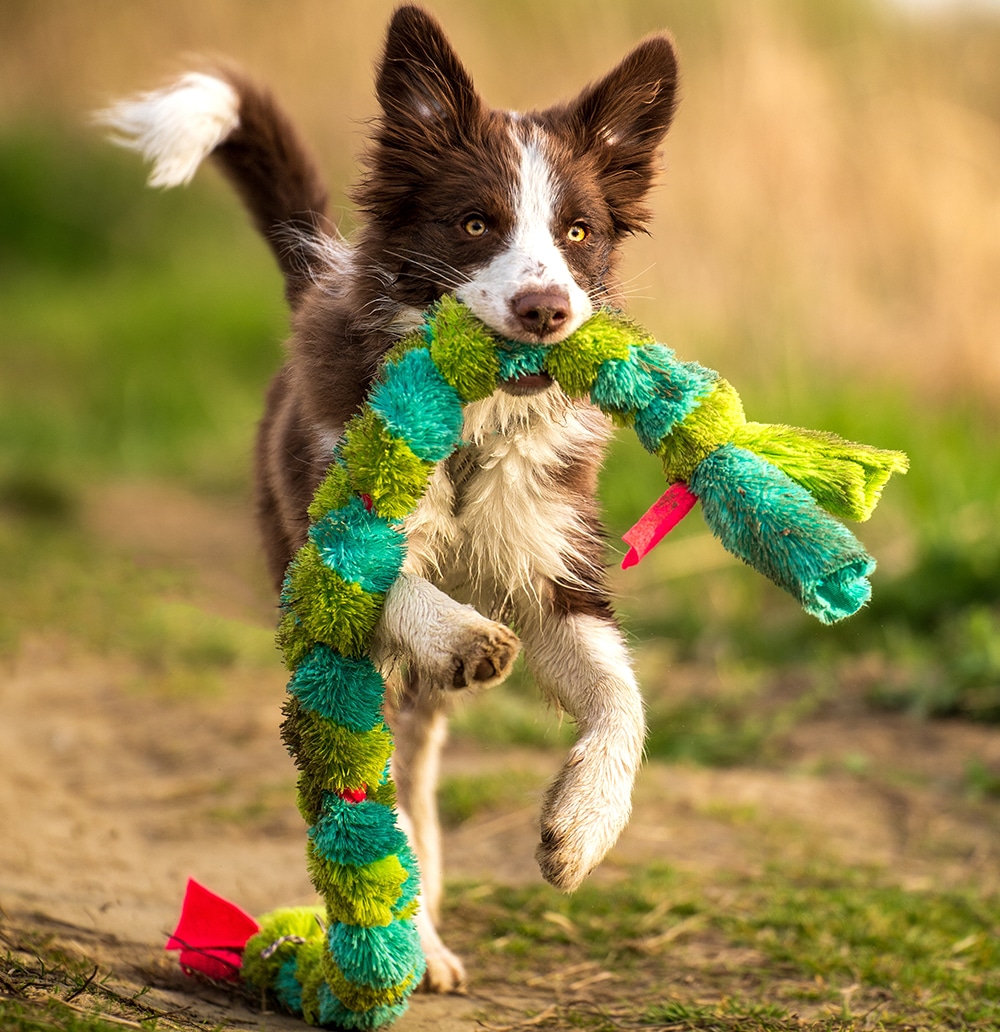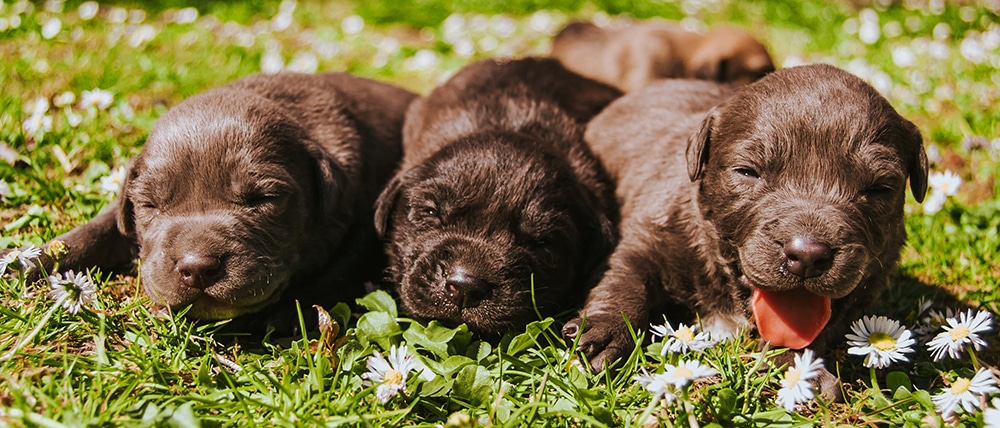
Bringing a new puppy home can be a very exciting time, but also a very daunting one. If you have never owned a dog or a puppy before, it can be easy to get lost on how to train and what supplies you will need.
This blog discusses essential supplies along with helpful tips and tricks to help you welcome your new puppy not only into your home but into your heart.
Puppy Supply List
There will be many things you will need to purchase to provide a safe and engaging environment for your new pup. It will be easy to go overboard, but all you truly need are the essentials in the beginning. As you get to know the personality and preferences of your young dog, you will be able to learn what you will need beyond the basics.
1. Cleaning Supplies
Puppies are the cutest mess makers! You will need a good amount of items to help ensure your house doesn’t suffer for it. Important products to purchase include paper towels, stain & odor remover, towels, rags and carpet odor eliminator.
2. Crate and/or Dog Bed
Crates and kennels are great for potty training and keeping your pup out of trouble when they’re alone. A cozy bed is a must to give your pup a sense of security and a great night’s sleep in their little den.
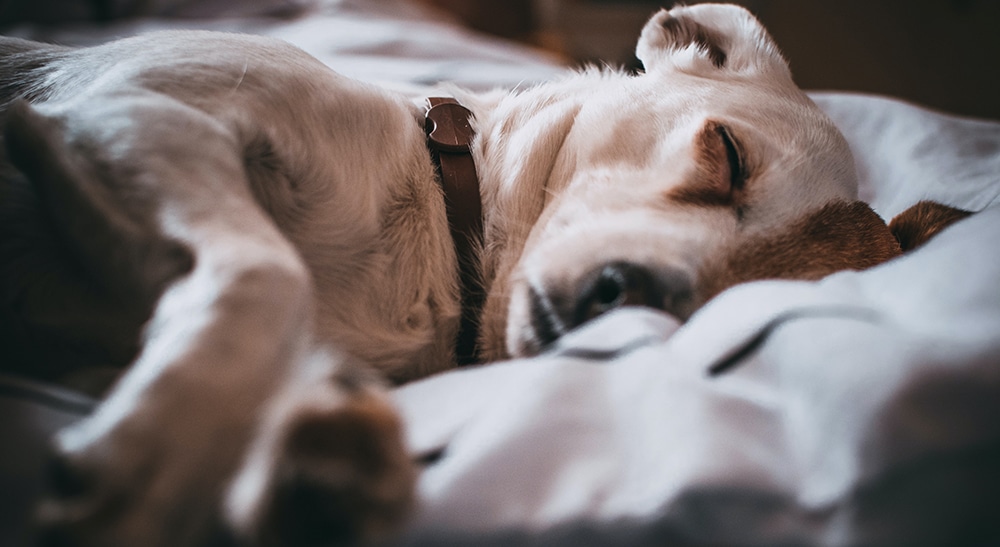
3. Puppy Food
Ever wonder why food is often targeted toward puppies, adult dogs or senior pets? It’s because dogs have different nutritional requirements based on their stage of life.
It is important to feed your pet nutritional food with ingredients that reflect their dietary needs. Puppies need food that is slightly higher in calcium and phosphorus to support their growing bones and prevent growth abnormalities. Having kibble high in fat and protein is also beneficial to support their high-energy, rapid growth and muscle development.
4. Leash, Collar, Harness
A leash is an obvious item on this list, but you may be surprised to see both collar and harness. Collars are great for everyday use and to display ID tags. Harnesses, according to the AKC, are a better choice to help train. Puppies are known for pulling, and harnesses are secure, comfortable, provide great control, and are safe for their necks. Just make sure it fits properly and is easy for you to take on and off.
Ask a staff member at your local pet store to help make sure your collar or harness isn’t too tight or loose. Your local dog groomer can also help you make informed decisions about the different kinds of leashes, collars and harnesses available. For more information on dog collars, check out this blog.
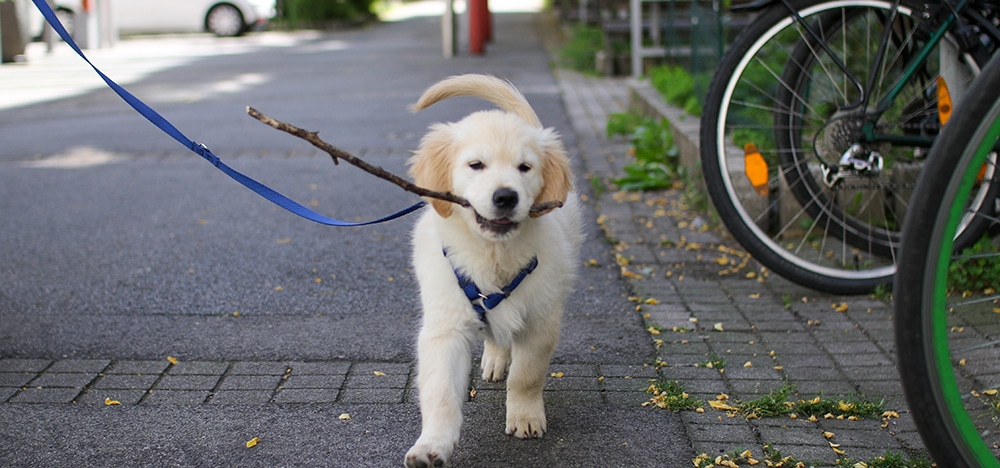
5. Training Treats
The most important things to consider for training treats are ingredients, size and texture. Choose treats that are high in natural ingredients but low in calories since you will be using them consistently in your pup’s training.
The treat size should be on the small side so that your young dog can quickly devour it and not become distracted with too much chewing. Dry treats are easiest, as they won’t stick together or melt and are faster for you to grab than treats that are soft and chewy.
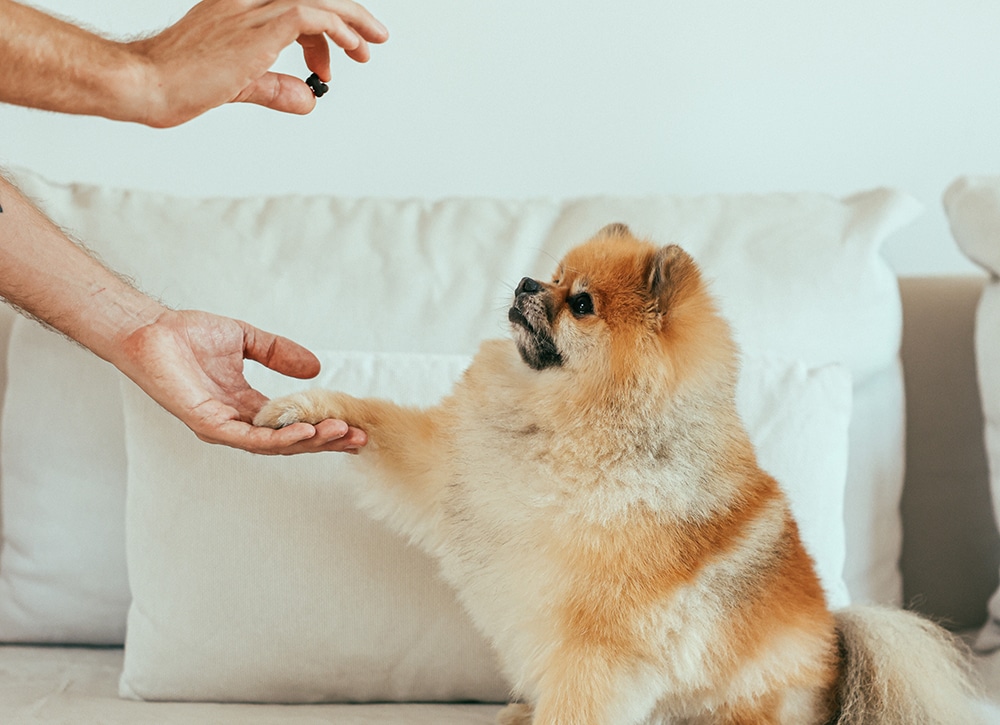
6. Bowls
Puppies can be energetic eaters. A bowl that is on the heavy side and durable is a must.
Stainless steel is always a great option since it is stain-proof, rust-resistant, dishwasher safe, sturdy and very hardy. Some even come with rubber bottoms to help the bowl stay in place.
The breed of your puppy can play a part in what kind of bowl you decide to get. Golden Retrievers, Labradors and Pugs are known to love eating and have a tendency to eat fast. A slow feeder may be the best option for them. If you have a dog with a flat face, a wider and shallower bowl works better for them. For long-eared breeds, a deeper bowl helps to keep their ears out of their food so they stay dry and clean.
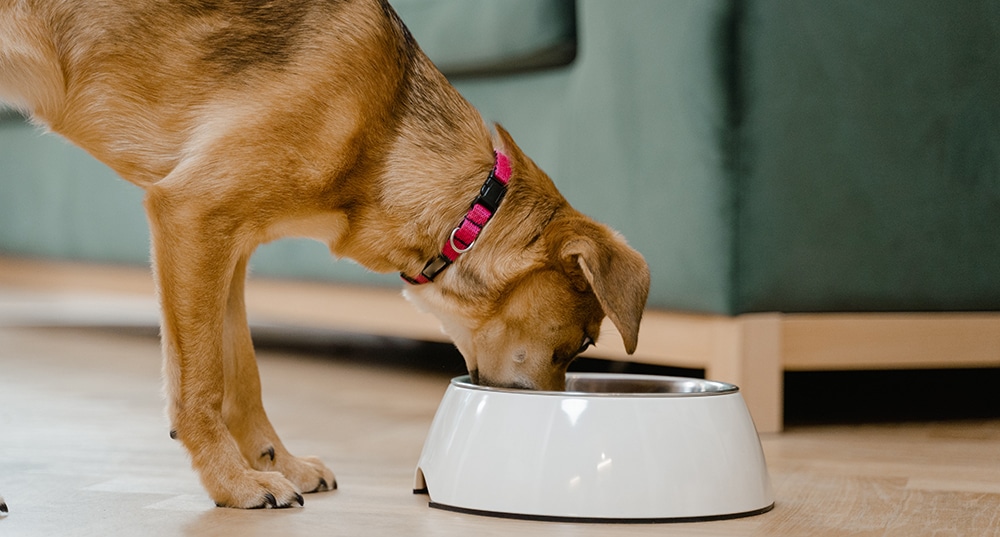
7. Pumpkin
Pumpkin is an excellent source of fiber and can help tremendously when your puppy is feeling constipated or having diarrhea. Consider keeping a can on hand in case you need it.
It is always a good idea to start off with a small amount. Once or twice a day, depending on the severity of their stomach issues, mix 1-2 teaspoons in with their meal. Keep an eye on their stools to see when they start to improve. Encourage your pup to drink plenty of water to help prevent dehydration.
8. Poop Bags
It’s important to clean up after your pet while on walks around the neighborhood and other public spaces. You can never have too many poop bags! Another poop-related item you may want to acquire is a poop scooper.
Get Your Supplies Before You Bring Your Puppy Home
You may be tempted to wait until the day you get your little pooch to buy all the essentials, but it is best if everything is in place before the furry ball of energy makes its entrance. A puppy’s experience meeting their human family, seeing their new home and riding in a car, maybe for the first time ever, can be overstimulating.
Having your cleaning supplies, treats, crate, etc. at the ready will help you jump right into introducing your new pet to all their cool items and get them adjusted to their new environment.
Puppy Proof Your Home
Puppies are toddlers in dog form. They want to sniff, touch and eat everything. Providing safe surroundings is crucial. It will be important to keep certain items behind securely closed doors or high out of reach.
- Keep trash stored in a bin with a lid or under the sink. You don’t want your dog eating anything that could harm them.
- Cover and contain cords to prevent electric shock and burns to their mouths.
- Keep all household cleaners, medications, yard chemicals, batteries and poisons stored in closed cabinets. Also make sure to clean up spills immediately.
- Keep doors and windows closed to prevent your pup from becoming an escape artist.
- Always put away choking hazards like coins, jewelry and rubber bands.
- Watch out for poisonous plants in the yard and in your home. Plants like Lily of the Valley, Autumn Crocus, Sago Palm and Tulips can cause symptoms like diarrhea, vomiting and drooling. (Call your vet immediately if you think your young dog has swallowed something they shouldn’t or call APCC’s 24 – hour emergency hotline at 1-888-426-4435)
Adjusting a Puppy to New Food
There could be a number of reasons why you want to transition your puppy to a new kibble. The brand the shelter or breeder used is too expensive, you have always given your dogs a different type, or you have noticed allergies developing. Whatever the reason, the key to getting your baby canine onto a new food without major digestive consequences is to take it slow and do it gradually over at least 5-7 days.
For tips on transitioning your dog’s food, check out this blog.
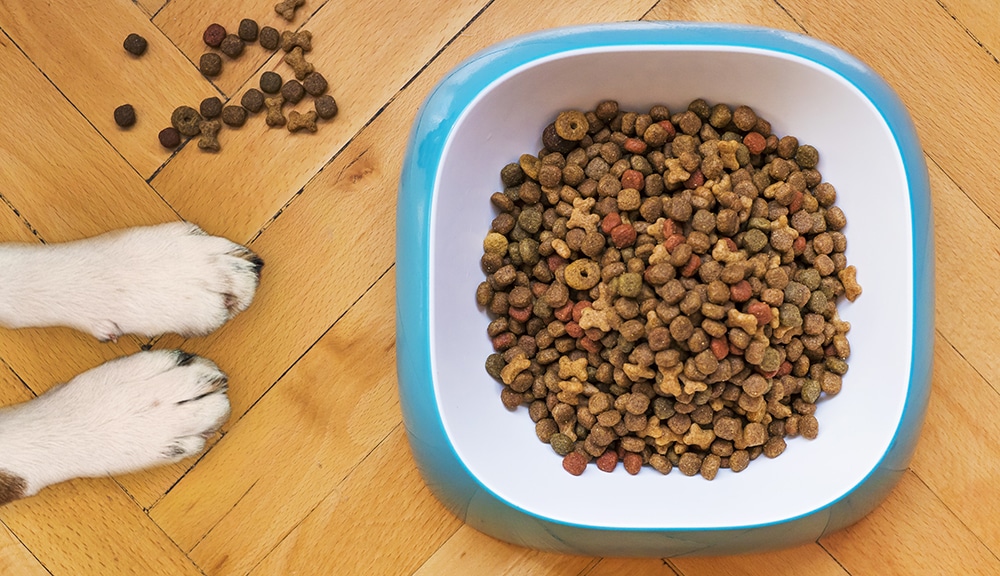
Visit the vet
Bring your puppy to the vet within their first week home. This will be a great way to talk to your vet about food, treats, concerns and questions you have about your particular dog. You can receive an overview of how to care for your dog and get knowledge on disease and preventive care.
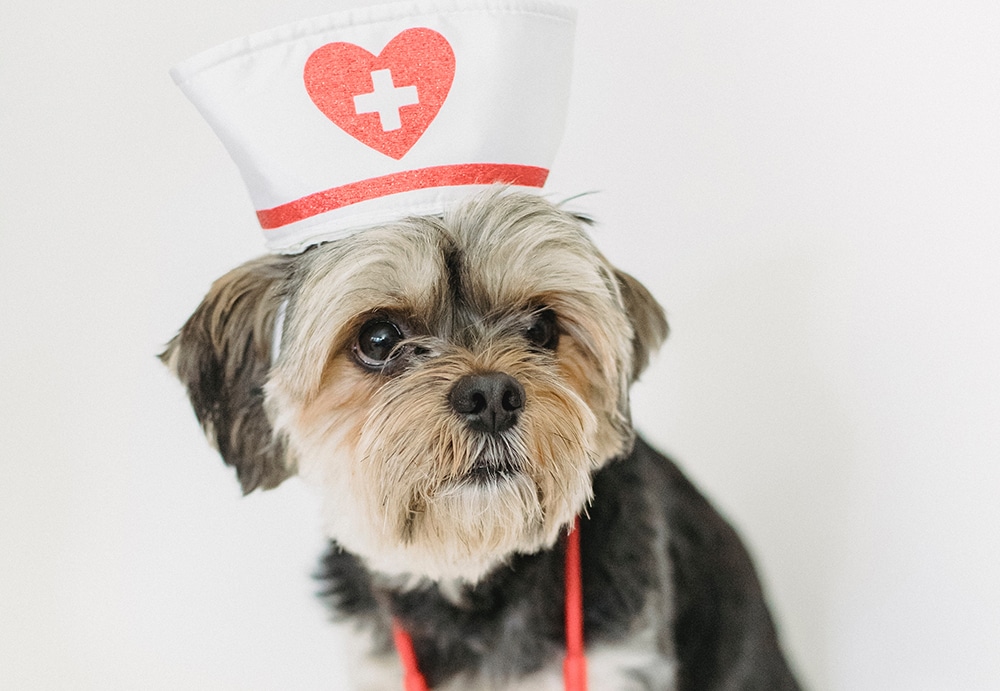
Puppy Training with Positive Reinforcement
The overwhelming consensus is that positive reinforcement is the absolute best way to train your puppy. It creates an engaging and encouraging environment for your furry student that makes them want to repeat the desired behavior you are teaching them. Reward and praise increases their motivation and self-confidence to listen and follow commands.
Use the tactics of praises, happy voices and treats to guide your new dog in potty training, leash training, crate training, socialization and basic tricks. This will also help initiate a healthy and positive bond with them that will last well into their adulthood.
Puppy Nipping and Biting
Puppy teeth are tiny and adorable, but man can they hurt. Puppies typically nip and bite because they are bored, tired, hungry, want attention or are overstimulated. This phase usually starts when they are 3-4 months old and lasts till they are 6-7 months old.
Redirecting and ignoring are two great methods in showing your young pet that nipping and biting are not something you will tolerate. When they grab at your hands or clothing, bring their attention to a toy or chew. Have a variety of options to prevent them from getting bored. If they persist in focusing on you, take away what they want most – your attention. This will teach them that putting their teeth into a human doesn’t result in fun.
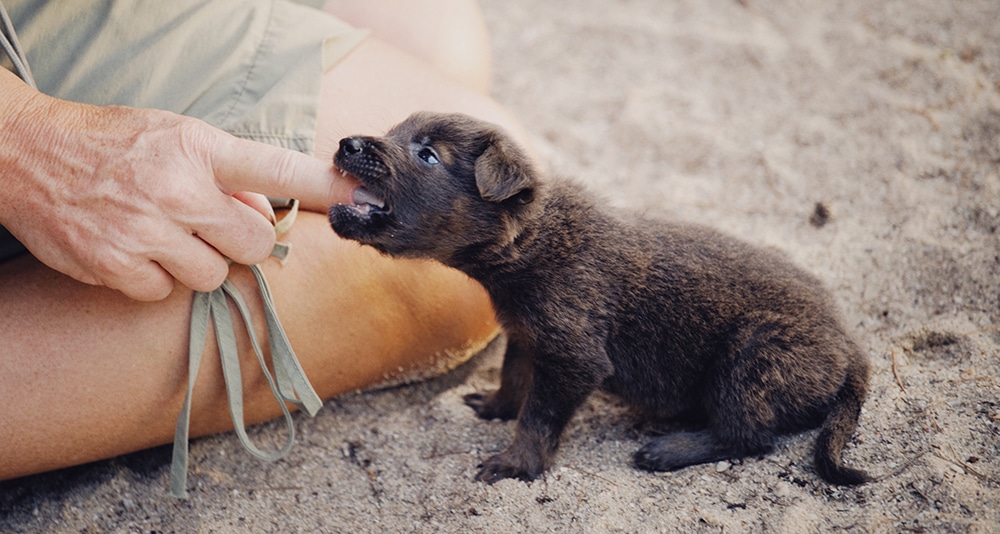
Puppies = Responsibility and Adjustment
Bringing home a new puppy is a big responsibility and a huge adjustment for any household. The task of caring for your new best friend will be much easier if you begin your friendship prepared.
Keeping supplies on hand, limiting dangers for your pet, keeping up with regular veterinary visits, paying attention to your dog’s nutritional needs, and utilizing positive reinforcement training will all help ensure your transition as a pet parent goes more smoothly.
Caring for your puppy is hard but rewarding work. It requires time and patience. With the right tools and training, you can create a strong bond and love between you and your new pet.
